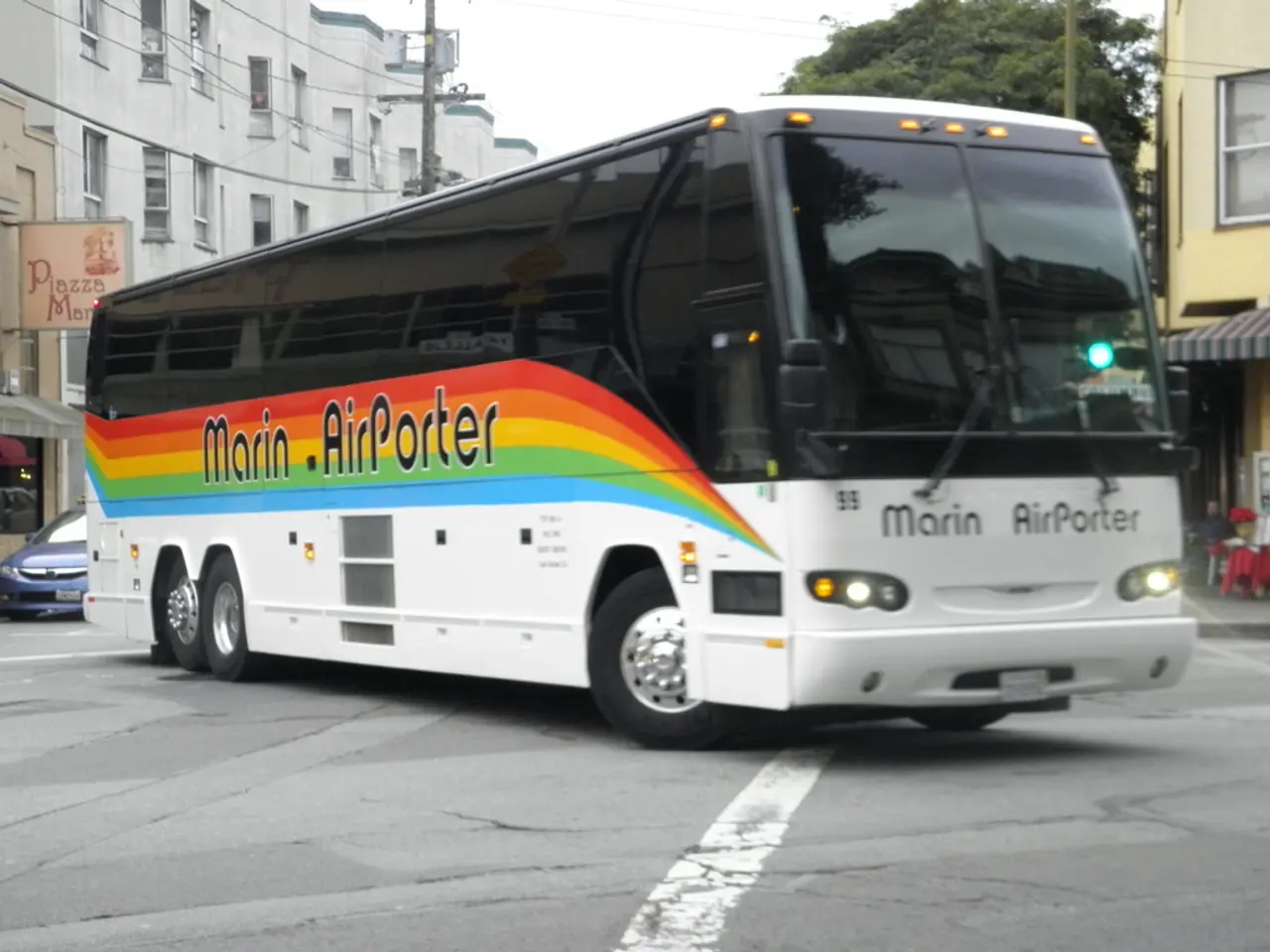Choosing between Custom-Made Orders or Upfront Inventory: Which Strategy Best Fits Your Business?
In the dynamic world of fashion, emerging designers face a crucial decision: whether to produce inventory upfront or manufacture items only when orders are placed. This choice significantly impacts their financial health, sustainability, and customer satisfaction across various sales channels.
For online sales, the Made-to-Order (MTO) approach is highly advantageous. By eliminating the need for large upfront inventory, MTO reduces the risks of overstock, waste, and high storage costs. This model supports flexibility, allowing small or customized orders without minimum quantities, which is ideal for testing new designs and catering to real-time demand. It also enables higher quality and customization that can enhance brand perception online.
On the other hand, upfront inventory production in traditional e-commerce means purchasing and storing stock before sales, providing complete control over fulfillment and product quality but requiring significant upfront investment and careful inventory forecasting. While it can yield higher profit margins compared to dropshipping or pure MTO, it comes with risks of unsold inventory and cash flow constraints.
In contrast, for physical stores, upfront inventory production is more common since customers expect immediate product availability. This requires designers to forecast demand accurately, balance stock levels, and invest in warehousing and inventory management. Made-to-Order is less typical for physical stores due to customer expectations for instant purchase, but it can be used for specialized or customizable items to reduce waste and inventory costs.
Wholesaling traditionally relies on upfront inventory production because bulk orders are placed in advance by retailers who expect steady stock availability. Designers must forecast demand carefully to avoid overproduction or stockouts, often leading to excess inventory risk if forecasts are inaccurate. Made-to-Order production is less suited for wholesaling since retailers generally prefer immediate stock delivery and consistent product availability, making MTO’s longer lead times challenging.
Emerging designers must weigh specific factors in each scenario. Key considerations include demand forecasting and inventory risk, capital and cash flow, customer expectations, product customization and quality, operational complexity, and sustainability. MTO aligns with eco-conscious practices by reducing waste and excess production, a growing consideration in fashion and apparel industries.
In a trunk show scenario, a one-to-two day event where a designer brings samples of their new collection for pre-orders, the designer splits the income with the store or boutique (typically 50/50).
Each season, designers may have different inventory needs depending on their unique scenario. For online sales, if the product is exclusive or complex, customers might be willing to wait six-to-eight weeks for their order. Manufacturing inventory to sell on the spot is the clear answer for brick-and-mortar sales.
Ultimately, the choice between MTO and upfront inventory production differs significantly across sales channels—online sales, brick-and-mortar stores, and wholesaling—and emerging designers must find the balance that best suits their financial constraints, customer expectations, and operational capabilities. The Teg team is available to help brands find the best solutions for their inventory needs, whether through phone or their website.
- In the fashion industry, emerging designers often ponder between producing inventory upfront or manufacturing items on demand, with the latter being advantageous for online sales due to reduced risks of overstock, waste, and storage costs.
- Traditional e-commerce usually involves upfront inventory production, offering control over fulfillment and product quality but requiring substantial initial investment and precise inventory forecasting.
- For physical stores, upfront inventory production is more common given customer expectations for immediate product availability, though Made-to-Order can be employed for specialized or customizable items to minimize waste and inventory costs.
- Wholesaling typically relying on upfront inventory production means dealing with excess inventory risk if demand forecasts are inaccurate, as Made-to-Order's longer lead times are less suitable for this environment.
- In a trunk show scenario, where designers bring samples of their new collection for pre-orders, they often share the income with the store or boutique and must carefully consider factors like demand forecasting, inventory risk, and customer expectations to find the optimal balance between Made-to-Order and upfront inventory production for their unique situations.




